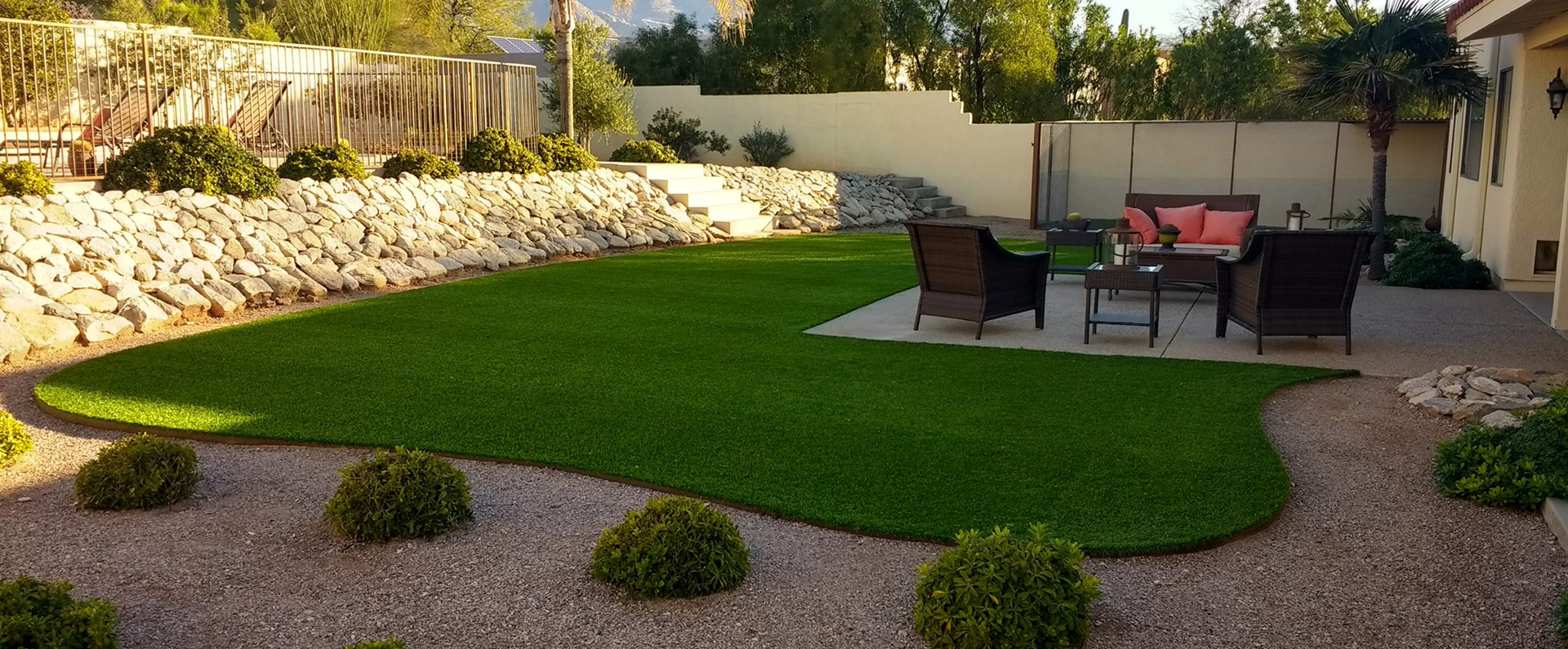Environmentally Friendly Landscaping
When you think of the things in your home that pose a danger to the environment, you typically don’t think of your landscaping. But even though lawns play an important role as carbon sinks, the carbon footprint of that freshly-cut lawn around your home actually outweighs its single
environmental benefit.
Did you know that the estimated 163,800 square kilometers of land taken up by grass lawns in the USA use up 30-60% of urban fresh water? Did you also know that grass lawns are one of the main reasons for the destruction of environmental biodiversity and the mass death of natural pollinators?
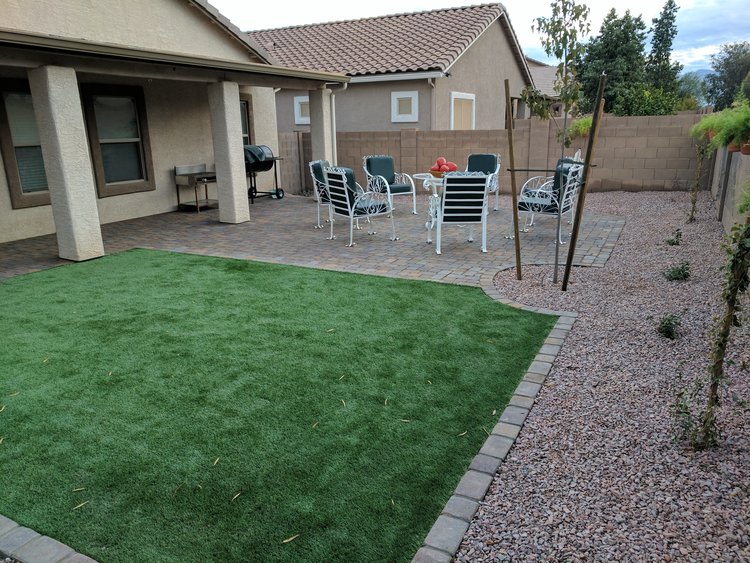
Lawnmowers and other gas-powered lawn maintenance equipment consume around 800 million gallons of gasoline annually. Another 17 million gallons are spilled. Compared to cars or trucks, VOC emissions by lawnmowers equipped with two-stroke engines were 124 times higher. Simply put, the beautiful lawn around your home is hurting the environment. What can you do about it? Should you get rid of your landscaping to help save the environment? Thankfully, that won’t be necessary. It is possible to keep your beautiful landscaping without harming the environment.
Landscaping that exists in harmony with nature is known as environmentally-friendly landscaping. Creating this kind of landscaping is possible; it just requires more planning. But once it is established, Taylor Street Property Management says an environmentally-friendly landscape is more beautiful and cheaper to maintain than a conventional landscape.
The basics of environmentally friendly landscape design
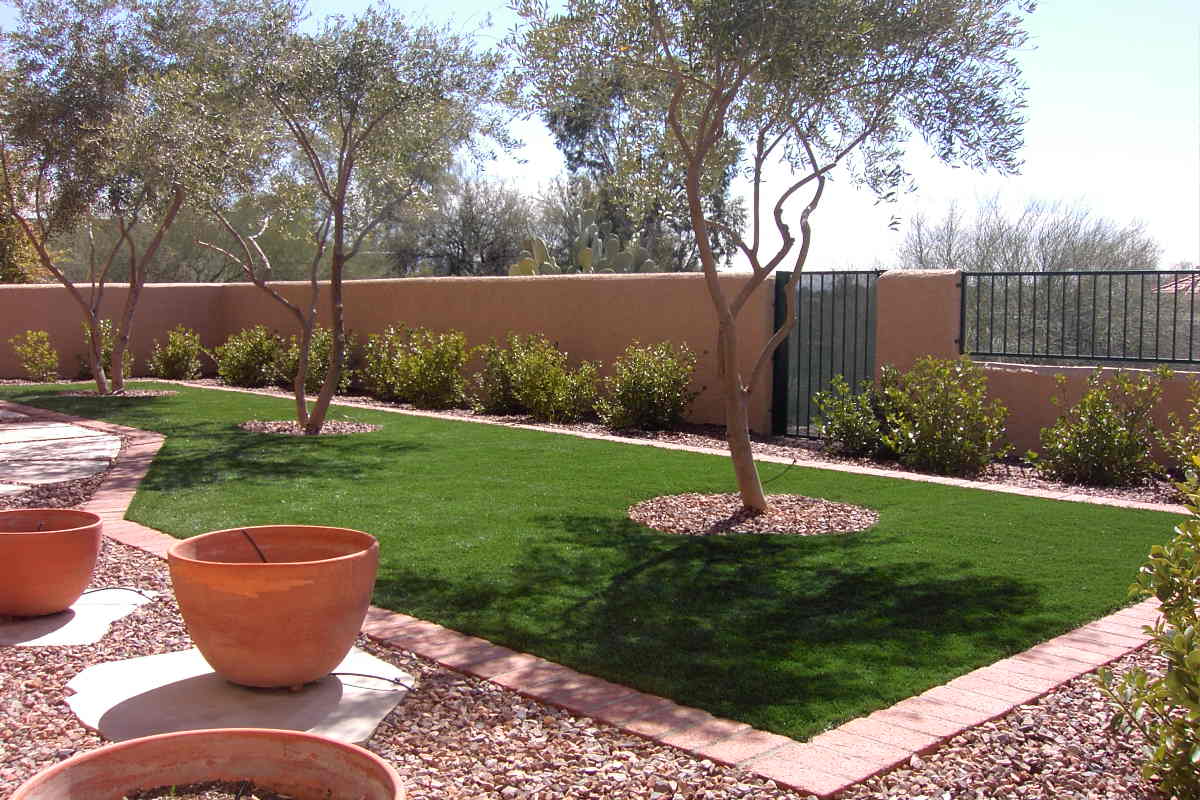
When people first hear of environmentally friendly landscape design, they imagine it as complicated and hard to accomplish. But an environmentally friendly landscape is simply one that mimics nature by working with the natural environment instead of against it.
An environmentally-friendly landscape is highly efficient. It maximizes the use of resources and reduces the landscape’s dependence on you (less watering). Environmentally-friendly landscape design eliminates or minimizes synthetic fertilizers, pesticides, and herbicides.
How do you create an environmentally-friendly landscape? Here are some ideas:
Reduce the size of your lawn
The lawn is the feature of your yard that uses the most resources. The resources you invest in the lawn include, but are not limited to, fresh sod, fertilizer, water, pesticides, herbicides, and lawn maintenance equipment. You can reduce the amount of money and time you spend on the lawn
by reducing its size.
One way to do this is by planting cover crops in place of grass. Cover crops don’t need mowing, and they prevent weeds. Another option is to replace natural grass with artificial grass.
Install a drip irrigation system
Contrary to what you have been led to believe, the plants in your yard are more likely to die from overwatering than underwatering. Most people water their plants too often and at the wrong time of the day. The best way to water plants is slowly and deeply.
This can be achieved with a drip irrigation system or soaker hoses. Drip irrigation delivers water exactly where it is needed. The water drips slowly, allowing it to soak deep into the soil. Drip irrigation uses less water but waters the soil more effectively.
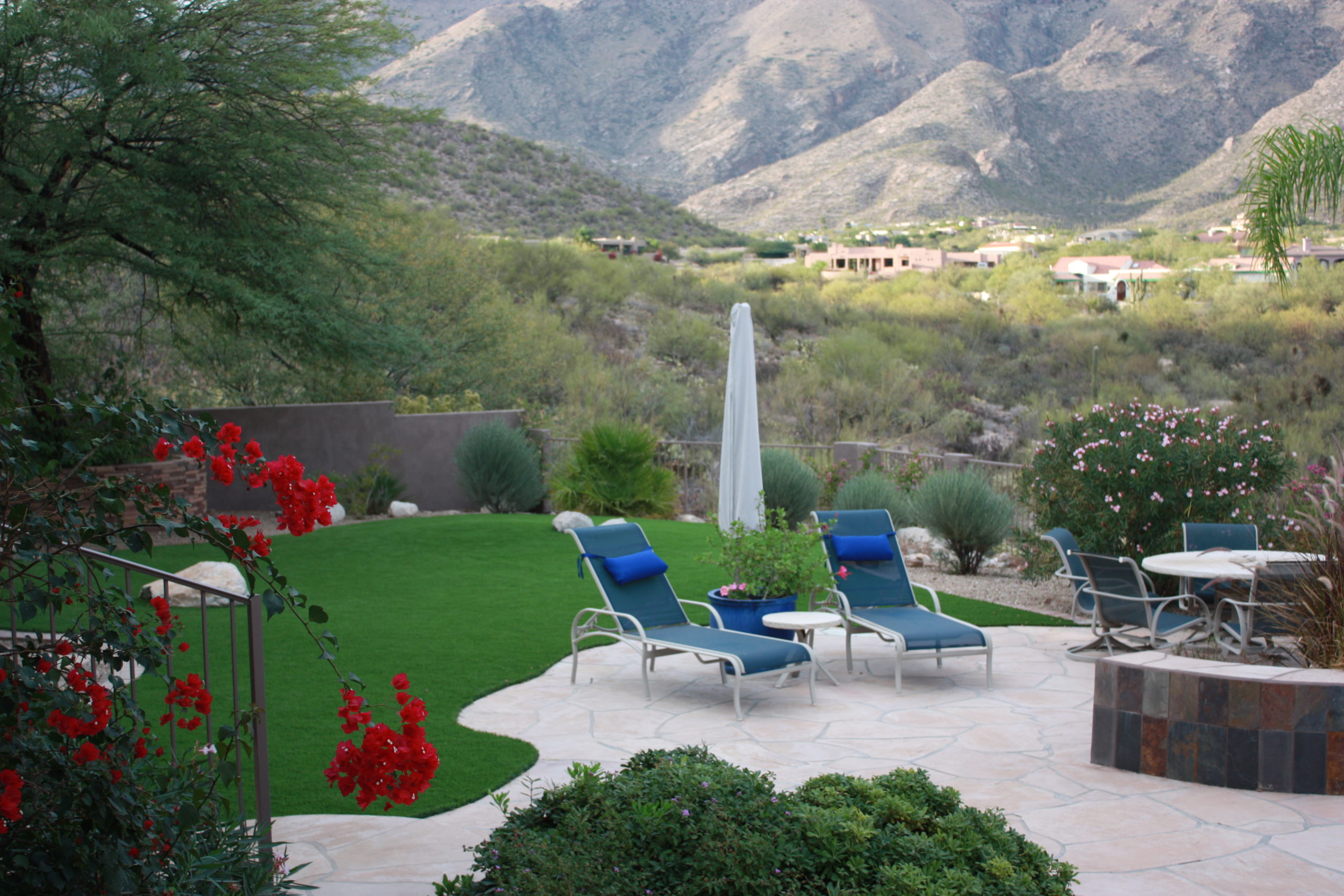
Choose native plant species
Unlike plants that are foreign to an environment, indigenous plants are adapted to the climate and ecology of the area. Native plants are hardier because they are adjusted to local soil conditions. They are better able to resist pests and diseases that are endemic to the area.
A landscape with many native plants requires less water, fertilizer, herbicides, and pesticides. The landscaping can also attract natural pollinators because it serves as their natural habitat.
Practice xeriscaping
Xeriscaping is placing plants with similar water or nutritional needs together. This allows you to create different zones in the landscape based on the ecological conditions of the plants in your yard. You can determine how much water and other resources to use in a specific garden zone based on the type of plants in that area.
Xeriscaping reduces water usage and landscaping costs and helps you cut the time you spend maintaining the lawn.
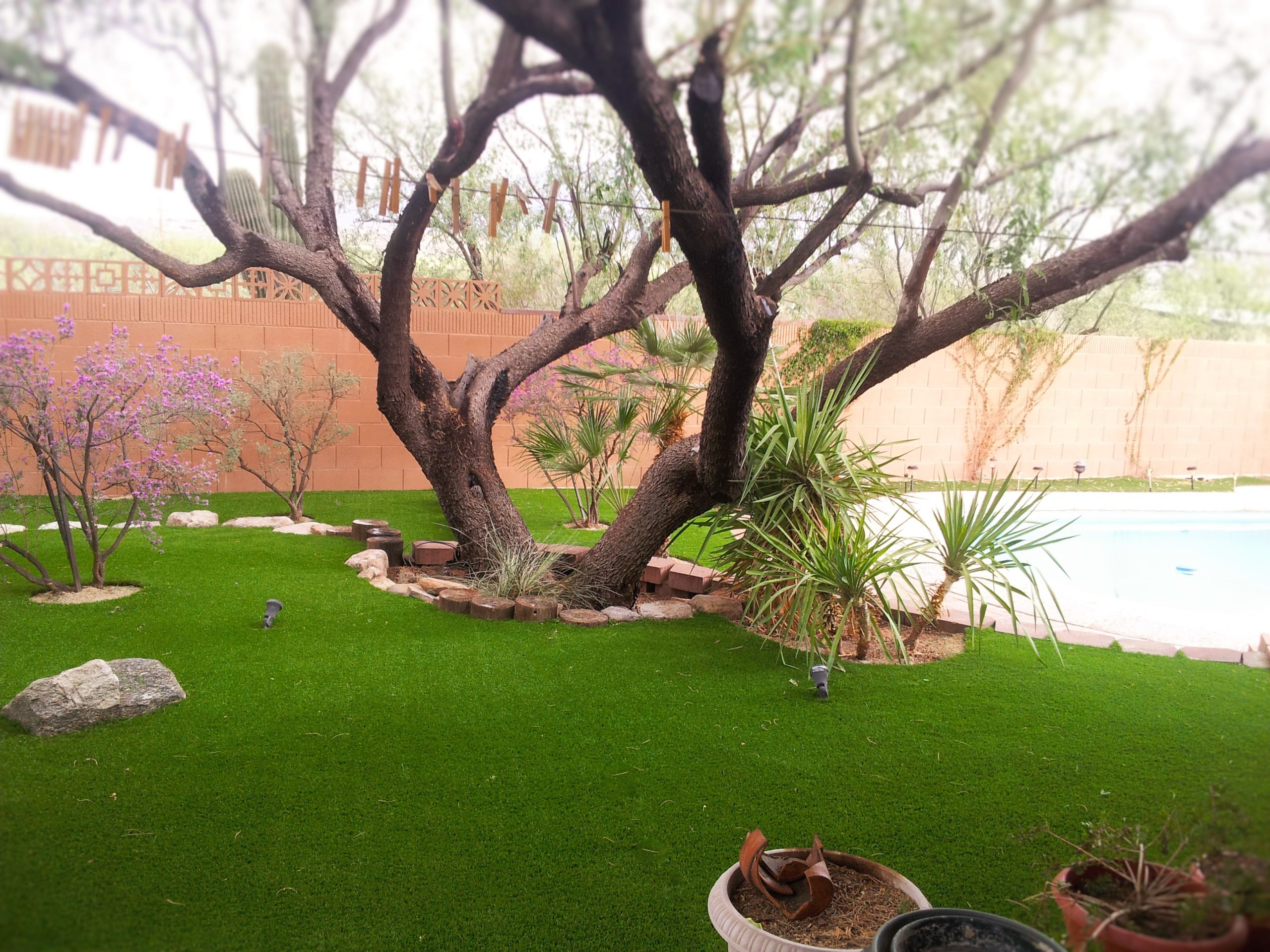
Plant trees
Trees serve as windbreakers, and they provide shade. If the trees in your yard are strategically located, they can cut your home's energy use by as much as 40%. By shading the soil and grass in your yard, trees also help to reduce the amount of water you use for watering.
Trees serve as a habitat for natural wildlife; they improve the biodiversity of an area and attract more natural pollinators –bees, butterflies, hummingbirds, etc. – to your home.
Do a lot of hardscaping
Hardscapes are those elements of landscaping that are non-living. These include walkways, seating areas, retaining walls, stone gardens, and more. Hardscaping lets you cut down on the surface that needs to be covered with grass.
It adds charm, interest, and character to your landscaping. But more importantly, hardscaping features make the lawn more enjoyable by giving you different ways to use the space.
If you need help turning your yard environmentally friendly, contact Tucson Professional Landscaping!

